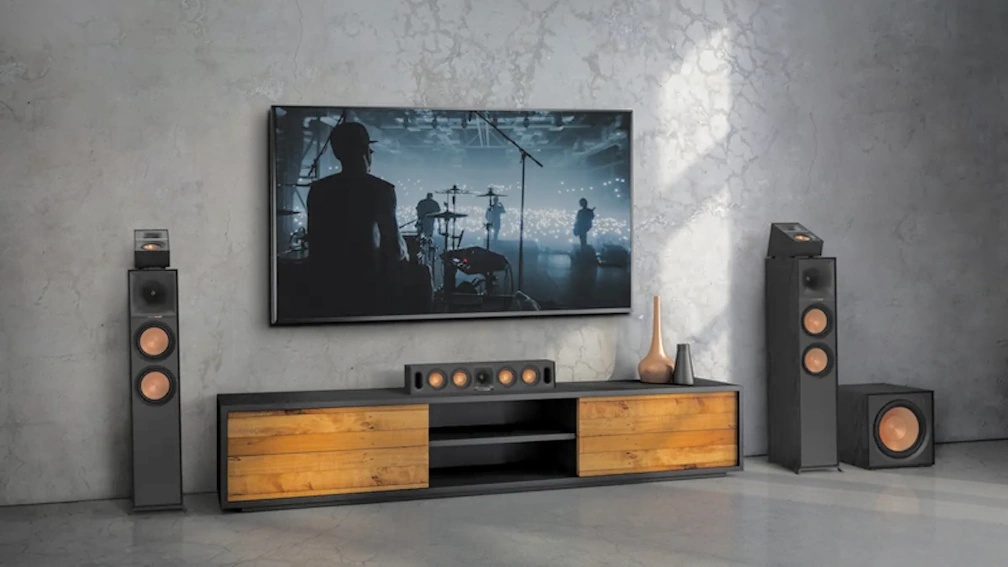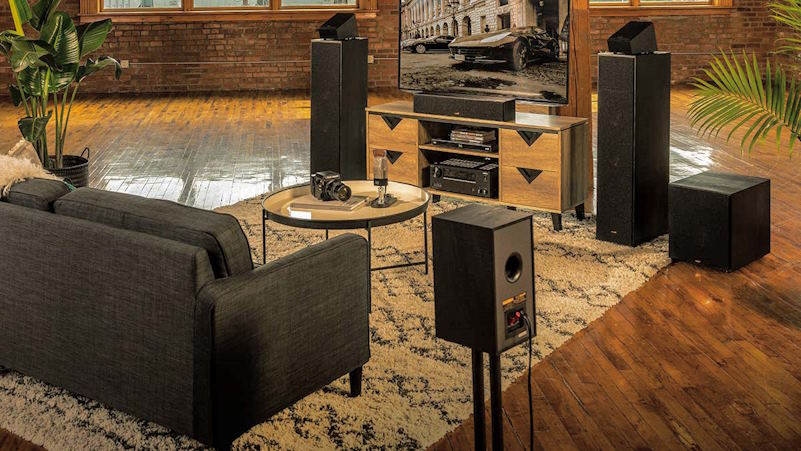How to Choose the Right Center Channel Speaker for Your Home Theater Setup
Sep 17

Creating the perfect home theater experience is a pursuit that involves meticulous attention to detail, and at the heart of any immersive setup lies the often underestimated hero – the center channel speaker. Often overshadowed by its more visually prominent counterparts, the center channel speaker plays a crucial role in delivering crystal-clear dialogue and tying together the entire audio landscape of your home theater. Choosing the right center channel speaker requires a nuanced understanding of various factors, from room acoustics to speaker configurations.
Room and Space Considerations: Crafting the Perfect Acoustic Canvas
When setting the stage for an unparalleled home theater experience, understanding the dynamics of your room is paramount. Begin by assessing the size and acoustics, as these factors can significantly impact the performance of your center channel speaker. Consider the dimensions, layout, and any potential acoustic challenges within the room. A larger space may demand more power and a speaker with a robust frequency response to fill the room with rich, immersive sound.
Equally crucial is selecting a center channel speaker that aligns seamlessly with your room’s acoustics. A room with hard surfaces may result in sound reflections, affecting the clarity of dialogue and overall audio quality. Conversely, rooms with heavy drapes and soft furnishings might absorb too much sound, leading to a lack of vibrancy. Striking the right balance is key.
Moving forward, choose a center channel speaker that not only fits physically within your space but also boasts an appropriate power handling capacity. Oversized speakers may overwhelm smaller rooms, while inadequate power handling can lead to distortion in larger spaces. By carefully evaluating your room’s characteristics, you lay the foundation for a home theater experience that is not only visually captivating but sonically immersive.

Speaker Types and Configurations: Decoding the Harmony of Audio Design
Embarking on the journey to select the ideal center channel speaker involves a nuanced exploration of speaker types and configurations, each contributing to the symphony of your home theater experience.
In the realm of speaker types, the choice between 2-way and 3-way systems stands as a pivotal decision. A 2-way center channel speaker typically features a woofer for low frequencies and a tweeter for high frequencies, striking a balance for most audio needs. On the other hand, a 3-way speaker introduces a mid-range driver, providing a more detailed and precise sound reproduction across the frequency spectrum. Understanding these distinctions allows you to tailor your choice to the specific demands of your audio preferences.
Equally essential is the consideration of speaker configurations, notably the orientation—horizontal or vertical. The significance lies in optimizing the dispersion of sound, especially for dialogue in movies. A horizontal center channel speaker, often preferred for TV placement, ensures a wider spread of sound, while a vertical configuration, commonly employed in dedicated home theaters, concentrates the audio for a more focused experience. By delving into these variations, you unlock the key to enhancing the sonic landscape of your home theater setup, forging a connection between technology and immersive entertainment.

Sound Quality and Frequency Response: The Heartbeat of Auditory Excellence
As you embark on the quest for the perfect center channel speaker, delving into the realms of sound quality and frequency response becomes pivotal in elevating your audio experience to new heights.
Evaluating Sound Reproduction Capabilities: The soul of any center channel speaker lies in its ability to faithfully reproduce sound. Consider the speaker’s clarity in rendering dialogue and the nuances of a musical composition. Look for a speaker that strikes a balance, ensuring that every whisper and thunderous crescendo is delivered with precision. Listening to a diverse range of audio samples, from dialogue-heavy movie scenes to intricate musical arrangements, allows you to discern the speaker’s prowess in faithfully reproducing the intended soundstage.
Frequency Response for Accurate Audio Reproduction: The frequency response range is the compass guiding your speaker selection. It denotes the spectrum of frequencies a speaker can reproduce, from deep bass to crisp trebles. A wider frequency response range ensures a more comprehensive sonic experience. Carefully consider your preferences, whether it be the thunderous lows of an action movie or the nuanced highs of classical music. By aligning the frequency response with your audio preferences, you sculpt an auditory canvas that breathes life into your home theater, capturing every sonic nuance with finesse and accuracy.
